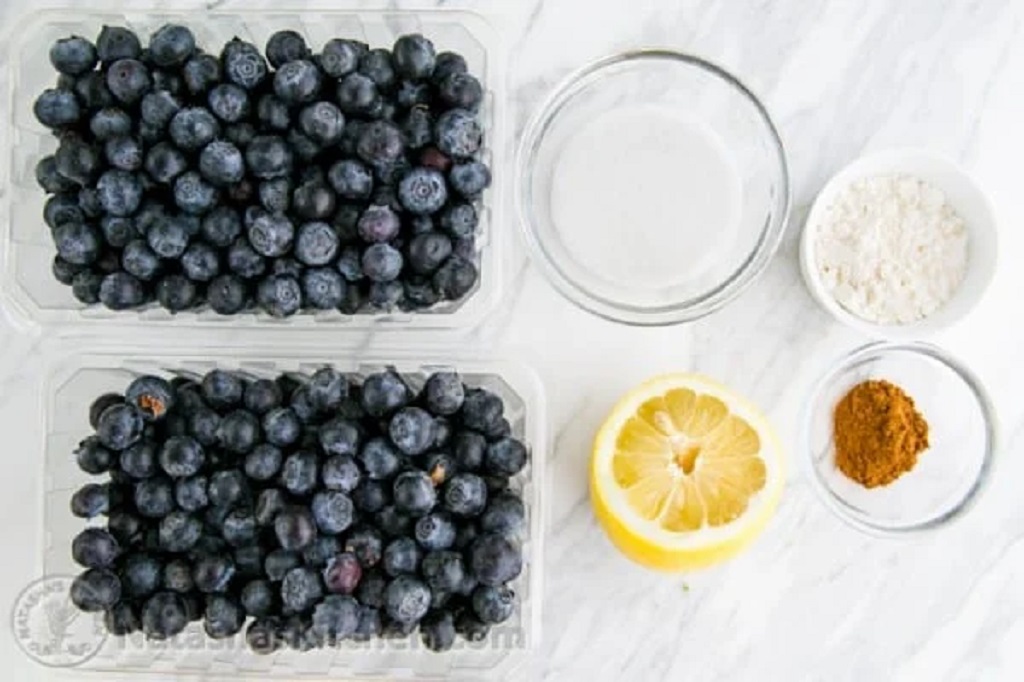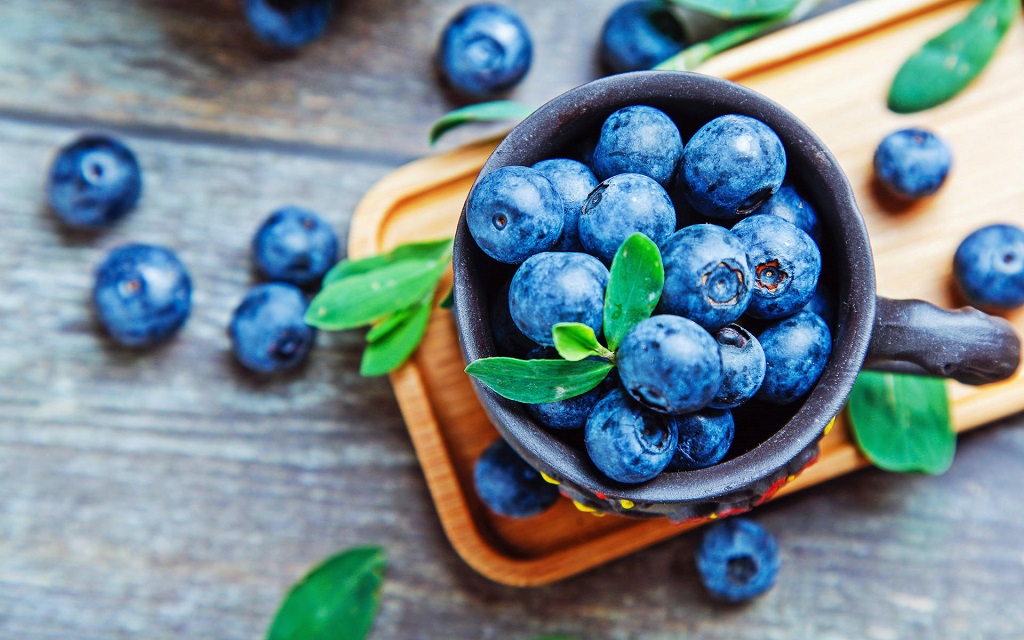Engaging in a romantic relationship with a married women dating can be a thrilling experience…
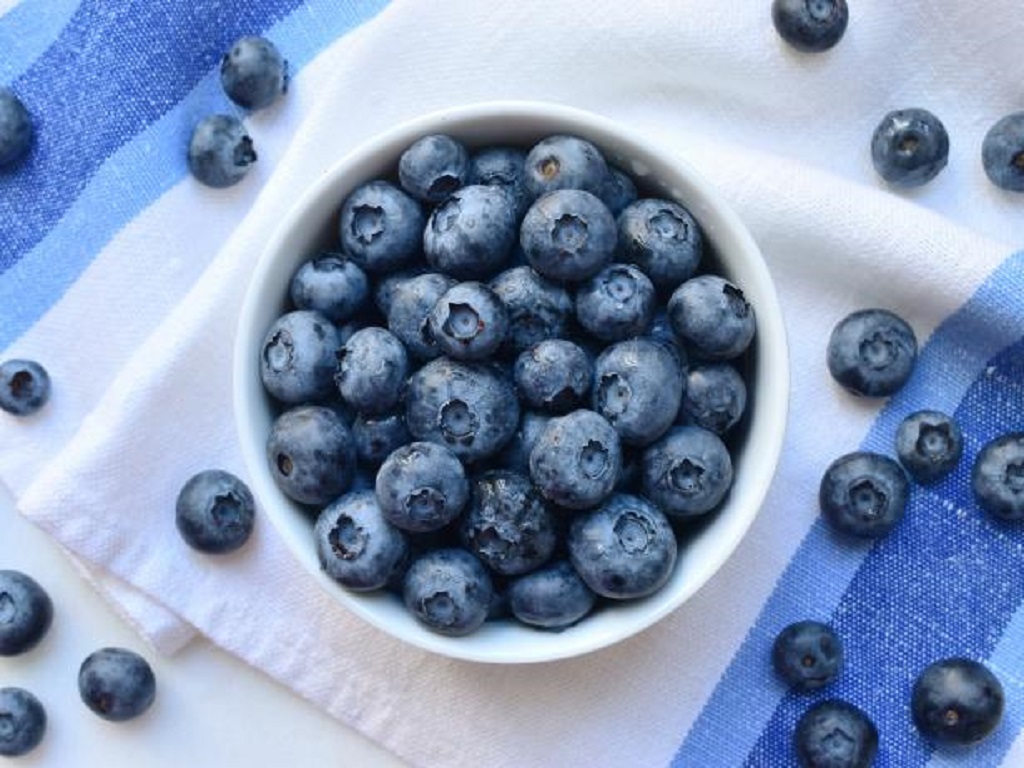
How Many Cups in a Pint of Blueberries?
Blueberries are one of the most beloved fruits around. Their sweet, slightly tart flavor makes them an ideal addition to muffins, pancakes, cereals, salads, and more. When baking or cooking with blueberries, knowing how they convert between different measurements is helpful. How many cups does that equal if you have a pint of fresh blueberries?
An Overview of Blueberry Measurements
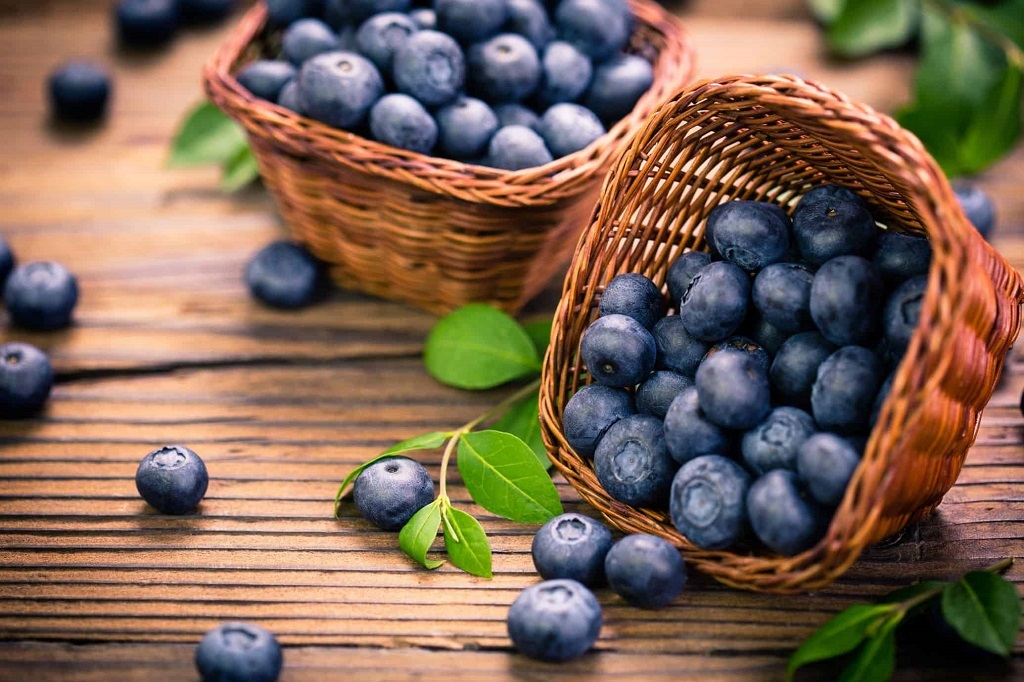
Before diving into the cups per pint conversion, let’s do a quick overview of how blueberries are typically measured:
- Blueberries are sold fresh by the pint, quart, or cup. They can also be purchased frozen, dried, or individually quick frozen (IQF).
- A pint is 16 fluid ounces by volume. A pint of blueberries weighs about 1 pound.
- A quart is 32 fluid ounces or 2 pints. So a quart of blueberries is about 2 pounds.
- Blueberries can also be measured by the cup, which is 8 fluid ounces.
- When measured by weight, a pint of blueberries is about 1 pound. A quart is 2 pounds.
- Fresh blueberries contain approximately 85% water. So, a pint of fresh blueberries is about 85% water and 15% blueberry solids by weight.
- Dried blueberries have almost all the water removed. A cup of dried blueberries weighs about 5 ounces.
- Frozen and IQF blueberries have similar weights to fresh but may be more compacted.
Blueberries are a versatile fruit enjoyed in various culinary creations, from muffins to salads. When it comes to measuring blueberries, one standard unit is a pint. Discover how many ounces are in a pint of blueberries; you’ll find 16 ounces in this fruity portion. This conversion is handy for recipes that call for specific quantities, ensuring your blueberry-infused dishes turn out just right.
When converting blueberry units, it’s important to note whether you’re working with whole fresh berries or thawed frozen blueberries. The conversion can vary slightly between the two.
Fresh Blueberries
For fresh blueberries purchased at a grocery store or farmers market, the typical conversion is:
- 1 pint of fresh blueberries = approximately 2 cups
Since a pint is 16 fluid ounces and a cup is eight fluid ounces, a pint breaks down evenly into two cups.
However, blueberries can vary a bit in size. So, the exact amount can be between 1.75 to 2.25 cups per pint.
For simplicity, most recipes call for 2 cups of fresh blueberries when a pint is specified.
Frozen Blueberries
Frozen blueberries are typically more compact than fresh. During the freezing process, the water expands, then contracts again as the berries thaw.
So, for frozen blueberries, the conversion is:
- 1 pint of frozen blueberries = approximately 2.5 cups
Frozen blueberries may settle into a smaller volume than fresh. So, plan on getting about 2.5 cups of thawed frozen blueberries from the one-pint package.
Sometimes IQF (individually quick frozen) berries are specified. The conversion is the same as regular frozen blueberries.
No matter what form they take, always make sure frozen blueberries are wholly thawed before measuring cup equivalents.
Converting Other Blueberry Amounts
In addition to pints, it’s also helpful to know blueberry cup conversions for:
- Quarts – A quart of blueberries is two pints. So, with the pint conversions above, a quart equals 4-5 cups of fresh blueberries or 5-6 cups frozen.
- Pounds – Since a pint of blueberries weighs about one pound, a pound roughly equals 2 cups fresh or 2.5 cups frozen.
- Ounces – There are 16 ounces in one pint. So, an ounce of blueberries is about two tablespoons fresh or 2.5 tablespoons frozen.
- Grams – One pound is 453 grams. A pint (1 pound) is 453 grams or approximately 125-150 fresh blueberries.
- Small containers – The small clear plastic containers of blueberries at grocery stores are often 6 ounces. That equals about 3/4 cup fresh or 1 cup frozen blueberries.
So, in summary:
- 1-quart blueberries = 4-5 cups fresh, 5-6 cups frozen
- 1 pound blueberries = 2 cups fresh, 2.5 cups frozen
- 1 ounce blueberries = 2 Tbsp mint, 2.5 Tbsp frozen
- 453 grams blueberries = 1 pint / 1 pound
- 6-ounce container = 3/4 cup mint, 1 cup frozen
Now that you know the basic blueberry cup conversions, here are some helpful tips for getting accurate measurements:
- Fresh blueberries should always be measured before cleaning/rinsing. The small amount of weight from stems and moisture makes a difference.
- To measure, gently fill cups or spoons without crushing or packing berries—level off the top surface.
- For frozen berries, ensure they are fully thawed and drained of excess liquid before measuring cups.
- Weighing blueberries on a kitchen scale provides the most accurate quantity needed.
- Volume measurements help pack fruit into containers, while weight is better for baking ratios.
- Adjust recipes based on moisture content – frozen berries may need slightly more thickener like flour or cornstarch.
- Store any extras in a sealed container in the fridge for 2-3 days maximum.
These tips will help ensure your blueberry pints, cups, quarts, and pounds translate accurately into baked goods, salads, and smoothies!
Common Blueberry Measurement Conversions
For easy reference, here are some of the most common blueberry measurement conversions:
- 1 pint fresh blueberries = 2 cups
- 1 pint frozen blueberries = 2.5 cups
- 1 quart fresh blueberries = 4 cups
- 1 quart frozen blueberries = 5 cups
- 1 pound fresh blueberries = 2 cups
- 1 pound frozen blueberries = 2.5 cups
- 1 ounce fresh blueberries = 2 tablespoons
- 1 ounce frozen blueberries = 2.5 tablespoons
Using Blueberry Measurements in Recipes
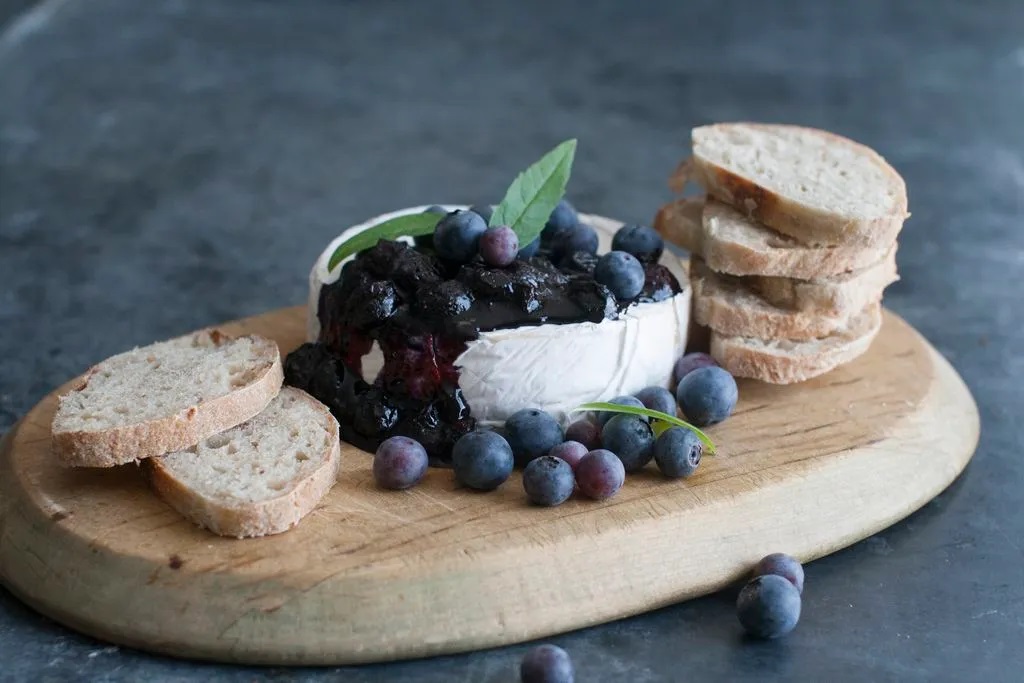
When finding and adapting blueberry recipes, look for details about using fresh vs. frozen and adjust cup or weight measurements as needed.
Here are some examples of substituting blueberry amounts in recipes:
- If a muffin recipe calls for 2 cups of fresh blueberries, use 2.5 cups of frozen instead.
- A pancake recipe with 6 ounces of fresh blueberries can be adapted to use 3/4 cup frozen instead.
- A blueberry cobbler with 1 pound (2 cups) of fresh berries can be swapped for 2.5 cups of thawed IQF blueberries.
- Smoothies with 1 pint of blueberries can use 2 cups fresh or 2.5 cups frozen. Adjust liquid and sweetener to account for extra frozen juice.
The conversions may seem tricky at first, but with some practice, you’ll get the hang of measuring out the perfect amount of blueberries for all your recipes!
Frequently Asked Questions
How many cups are in a 6 oz container of blueberries?
A standard 6-ounce plastic container of fresh blueberries equals approximately 3/4 cup. For frozen blueberries, it’s roughly 1 cup thawed and drained.
If a recipe calls for a pint of fresh blueberries, can I substitute frozen?
Yes, but make sure to adjust the measurement. Use 2.5 cups of thawed and drained frozen blueberries for every pint (2 cups) of fresh berries specified.
What does IQF mean for frozen blueberries?
IQF stands for “individually quick frozen” blueberries. The conversion to cups is the same as regular frozen blueberries. Always thaw IQF berries before measuring.
How long do fresh blueberries last in the refrigerator?
Store fresh blueberries rinsed and dried in a covered container in the fridge. They will typically last 5-7 days maximum.
How can I determine pounds of blueberries from a bulk bin?
If buying loose fresh blueberries from a bulk bin, 1 pound = approximately two heaping cups or around 2.5-3 cups loosely filled. Weighing the berries for accuracy is recommended.
How much is needed if a recipe calls for a quart of blueberries?
A quart of blueberries is two pints, so a quart equals approximately 4-5 cups of fresh or 5-6 cups if using frozen blueberries. Adjust accordingly if substituting forms.
Key Takeaways on Measuring Blueberries
- A pint of fresh blueberries is about 2 cups, while a pint of frozen equals 2.5 cups.
- Allow for some variance in sizes by using approximate cup measurements. Weighing blueberries provides the most precision.
- Make appropriate substitutions when adapting recipes, accounting for the moisture content of fresh vs. frozen berries.
- Properly store, rinse, drain, and thaw blueberries for accurate measuring.
- Use the provided conversions to determine amounts for pints, quarts, pounds, ounces, grams, and standard container sizes.
- Adjust recipe ingredients like flour or liquids when swapping fresh and frozen blueberries.
- Adhere to recipe instructions on whether to measure blueberries whole vs chopped or crushed. Size variations will change estimated volumes.
- Invest in quality measuring cups and kitchen scales for repeatable results with blueberry amounts and other baking ingredients.
- Refer to the handy blueberry measurement conversion charts for guidance in substituting pint, cup, ounce, pound, and quart quantities.
- With basic measuring knowledge and simple kitchen tools, blueberry pints, quarts, pounds, and cups can be interchanged seamlessly in all cooking, baking, and smoothie recipes.
Tips for Cooking and Baking with Blueberries
Now that you’ve mastered measuring blueberries, here are some additional tips for using them in recipes:
Wash just before use – Only rinse fresh blueberries before eating or cooking. Washing too early causes rapid spoilage.
Use lemon juice – A sprinkle of lemon juice helps keep cut blueberries from oxidizing and turning brown.
Toss in flour – Lightly coating berries helps prevent sinkage in muffins and pancakes. Tap off any excess.
Employ baking strips – These insulated strips help prevent over-browning on the outer edges of muffins and quick bread.
Freeze for later – Freeze excess fresh berries in a single layer on a pan, then transfer to bags. Or buy pre-frozen!
Buy in season – Shop local blueberry stands during peak season in summer for better quality and pricing.
Extract juice – Simmer and then strain blueberries to produce concentrated juice for drinks, syrups, and sauces.
Dry them – Use a dehydrator or low oven to make chewy dried blueberries for healthy snacking.
Make puree – Blend fresh or thawed berries into smooth purees for use in baked goods, baby food, juice blends, and more.
Sweeten to taste – Blueberries pair well with sugar, honey, or syrup to balance out tartness – sweeten as desired!
In Summary
With a wide array of sizes, forms, and sources available, blueberries offer versatility and nutrition. Understanding proper measuring techniques allows you to effortlessly substitute pints for pounds, cups for ounces, and fresh for frozen in all types of recipes.
Take advantage of blueberries’ availability year-round to create sweet and savory dishes from morning to night. Whether using them in pancakes, yogurt parfaits, salads, slaws, salsas, or smoothies, you’ll get the health benefits of antioxidants and flavonoids that make blueberries a superfood.
Indulge in guilt-free sweetness with our collection of healthy dessert recipes to lick your fingers clean. So grab a pint or two on your next grocery run. Consult this guide to translate blueberry amounts for any recipe, and mix up some magic with the proper blueberry measurements!

